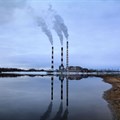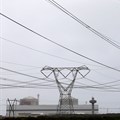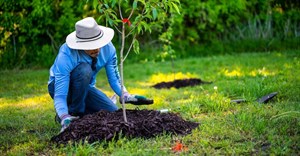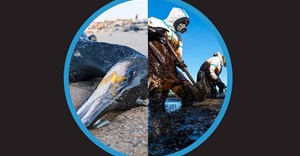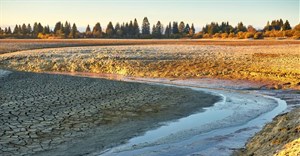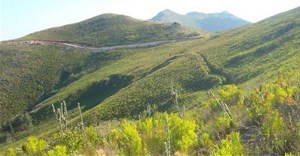Trending
Elections 2024
Jobs
- Sales Executive Johannesburg
- Technical Energy Journalist - Freelance Johannesburg
Environmental authorisations may no longer be required for solar PV installations
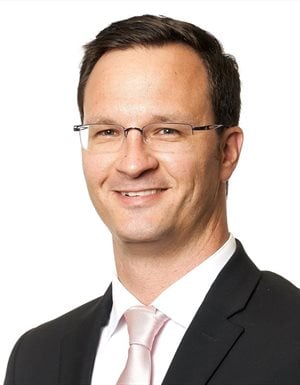
The requirement of excluding obtaining an environmental authorisation (EA) for solar photovoltaic (solar PV) and associated activities in terms of section 24(2)(e) of the National Environmental Management Act, 1998 (Nema) has been set for public comment. Comments are to be submitted within 30 days of the publication of the notice.
The Department of Forestry, Fisheries, and the Environment (DFFE) is aware that the environmental impact assessment (EIA) process required for projects is lengthy and does not encourage investment.
As a result, prior to the current proposal, and for the purposes of encouraging energy generation capacity, the DFFE was set to implement exemptions from EIA requirements for certain energy projects. The department had earmarked solar PV power generation and certain transmission infrastructure for these exemptions, as it typically poses little risk to the surrounding environment.
Since 2014, the DFFE has introduced initiatives that would exempt developers from obtaining EAs for certain listed or specified activities for the development of solar-related projects. These include the Renewable Energy Development Zones (REDZ) and gazetting of these eleven REDZ, five electricity transmission corridors and gas corridors, in which the environmental authorisation timeframes had been halved. Renewable projects located in these zones would have their EIAs reduced from 300 to approximately 176 days. Strategic infrastructure projects (SIPs) process timeframes would be shortened from 107 to 57 days in terms of the Infrastructure Development Act.
Strategic transmission corridors
In July 2022, the DFFE also adopted a new standard for the development of power lines and substations within identified geographical areas. This standard similarly excludes the need for environmental authorisation for grid capacity in areas identified as having low and medium environmental sensitivity and that fall within strategic transmission corridors. The department felt that more needed to be done however, and this recent adoption has given impetus to the current proposal.
It follows that the DFFE deemed it necessary in resolving the country’s energy crisis to include exclusions from the need to obtain an EA in low and medium sensitivity areas as classified by the department’s national web-based screening tool that was gazetted in July 2019. This would be a web-based application that includes environmental information of different sites nationally.
The tool can identify areas of low, medium, and high environmental sensitivity. The tool also has environmental information from different sources, such as the South African National Biodiversity Institute. It rates different areas based on their environmental sensitivity. For example, it would show if a site had high biodiversity or high potential for agricultural land and can also show restrictions by identifying protected areas.
Environmental sensitivity report
Using the screening tool in the first step of the EIA process gives developers a "fair idea" of the environmental sensitivity of a site. The tool automatically generates a report for developers indicating the level of sensitivity on a particular site. This report can be submitted as part of the EIA application process. An environmental practitioner will then use the report to motivate which assessments are required based on the sensitivity of the area.
This intervention is said to speed up the environmental approval element for solar PV projects to within 60 days, whether or not they fall within the REDZ and, thereby, simplifies the deployment of solar PV facilities. The DFFE explains that although no public participation process will be applicable to these projects as no environmental authorisation is required, notification of the registrations will be gazetted to enable access to the registration decisions and to facilitate the possibility to submit appeals should a person wish to do so for purposes of compliance monitoring.
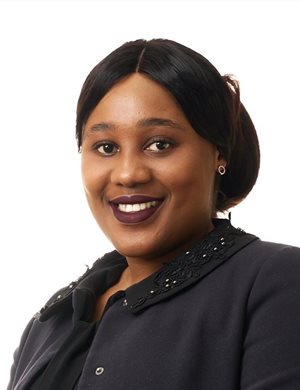
Ultimately, if a solar PV project and its related infrastructure comply with this environmental management instrument, they can be excluded from requiring environmental authorisation. For those applications already with the DFFE, parties can elect to withdraw the application or let the process continue to run but these will be finalised in accordance with the EIA Regulations, the Renewable Energy Development Zone Notice, or the Strategic Transmission Corridor Notice.
Parties are also requested to re-register the facility and infrastructure in the event there is a change of ownership of the solar PV which occurs prior to the construction and prior to completion, and the development of the facility is to be amended and would fall outside the verified buffer, which must be submitted within 30 days to the competent authority.
This also comes in light of the largest corporate renewable energy power purchase agreement in Africa between African Rainbow Energy and independent power producer, Sola concluding a deal worth R4bn for Tronox Mineral Sands (Tronox), a KwaZulu-Natal based mining company. The project is aimed at supplying electricity through wheeling arrangements with Eskom to five Tronox facilities in the Western Cape and KwaZulu-Natal for their use.
Just energy transition
In addition to generating electricity, it will be one of the first projects to feed into Eskom's high voltage transmission network. This move is in line with decarbonising the South African mining sector. Further to this, the just energy transition's primary aim is to progress the evolution for the transition towards a cleaner and greener energy future, and with such collaborative efforts between the private and public sectors, it is well underway to achieve that goal.
One of the key strategic actions that was endorsed by the Integrated Resource Plan, which was promulgated in March 2011, is an increase in the allocation of renewable energy from 20GW to at least 30GW by 2030. There is clearly an appetite to transition to cleaner energy and this is a clear path to South Africa achieving net-zero and enabling green opportunities, provided the red tape is reduced which will see the rollouts of solar PV-related projects. Efforts are also underway to simplify the process for wind projects.








